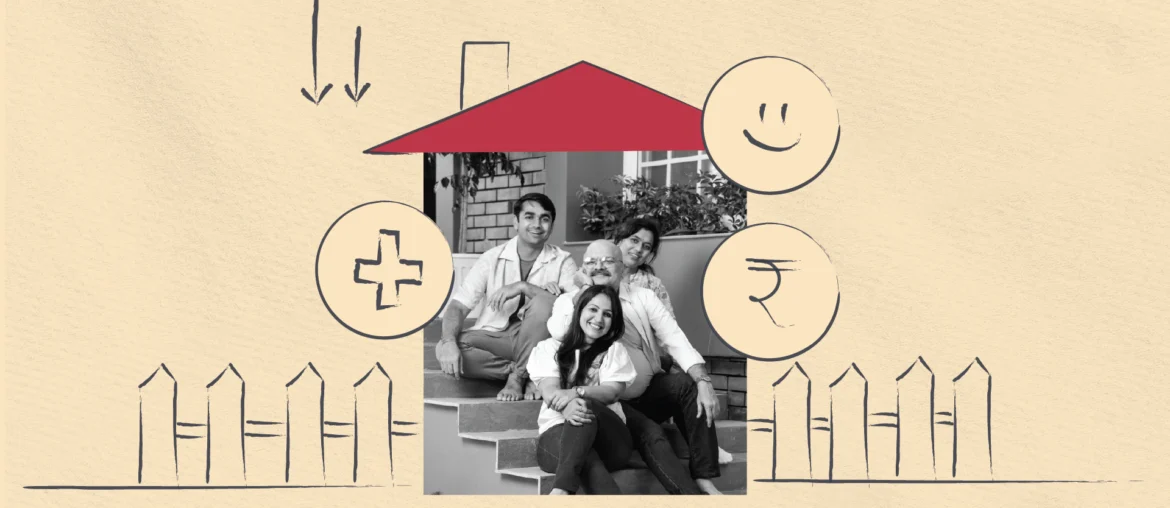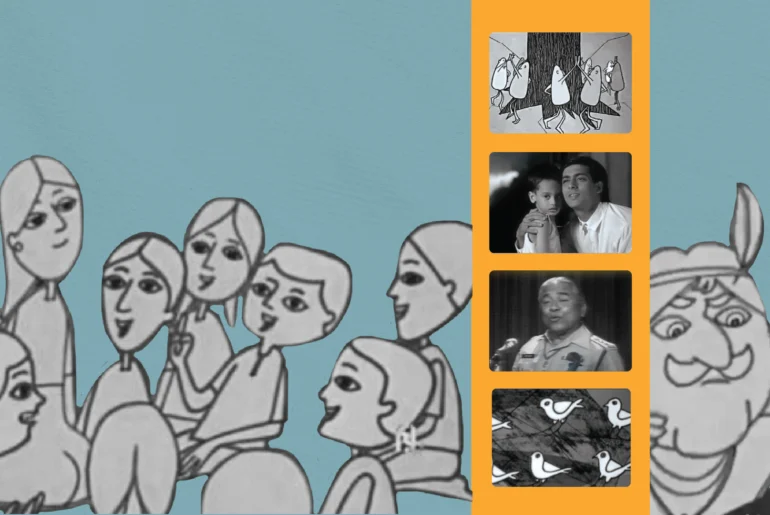For Indian midlifers, downsizing isn’t just a move – it’s a strategic shift towards financial freedom and a richer lifestyle. This article explores the financial upsides and emotional journey of letting go, embracing new beginnings, and the growing appeal of community living in India’s golden years.
After decades of living in the bustling national capital, my aunt casually informed me, “We are moving to Coimbatore sometime in 2027.” Having always assumed their retirement years would unfold amidst the familiar chaos of Delhi, I was intrigued. “Why?” I asked, and her response unveiled a perspective I had never truly considered.
“Imagine,” she began, her eyes lighting up, “living in a community with like-minded people, where easy and quick access to medical facilities is a given. Think of clean, home-cooked meals, evenings spent with others within the community, enjoying regular cultural programs, and never having to worry about daily chores or maintenance.”
Her words painted a vivid picture that went far beyond mere financial calculations. It was about lifestyle, security, and a vibrant social fabric, elements that are increasingly becoming key drivers for midlifers considering a downsized life.
The financial upside: A path to greater freedom
The allure of financial liberation is often the primary driver behind the downsizing trend in India. Large homes, while offering space and prestige, come with a hefty price tag that can become increasingly burdensome in midlife.
- Reduced loan burden: For those still repaying a loan, downsizing to a smaller, more affordable property can significantly reduce or even eliminate monthly payments. The capital freed up can be reinvested, used to pay off other debts, or bolster retirement savings, offering a substantial psychological and financial relief.
- Lower maintenance costs: Larger homes invariably translate to higher maintenance expenses. From extensive cleaning and repairs to gardening and utility bills, the costs can add up. A smaller home means less to maintain, translating directly into ongoing savings that can be redirected towards leisure, healthcare, or investments. My aunt implicitly highlighted this by mentioning the ease of “clean, home-cooked meals” and not having to “worry about daily chores or maintenance” – these are services often bundled into the cost of retirement communities, effectively making home maintenance a non-issue.
- Unlocking capital for retirement: Perhaps one of the most compelling financial advantages is the ability to unlock substantial equity tied up in a larger home. This capital can be a game-changer for retirement planning, allowing individuals to invest in more liquid assets, fund travel plans, pursue hobbies, or simply enjoy a more comfortable and secure post-work life.
The emotional landscape: Letting go and embracing new beginnings
While the financial benefits are clear, the emotional journey of downsizing can be profound but, at times, challenging. For many Indians, the home is more than just bricks and mortar; it’s a repository of memories, traditions, and a symbol of familial continuity.
- Confronting nostalgia and memories: The prospect of leaving a home where children were raised, festivals were celebrated, and countless memories were forged can evoke a powerful sense of nostalgia and even grief. It’s essential to acknowledge these feelings rather than suppress them.
- Decluttering and gifting: A significant part of the downsizing process involves decluttering. This isn’t just about organizing; it’s about making conscious decisions about possessions accumulated over decades. Many midlifers find immense satisfaction in gifting cherished items to family members, friends, or donating them to charity, ensuring their legacy lives on and creating space for a more minimalist lifestyle. This process can be therapeutic, forcing a re-evaluation of what truly holds value.
- Embracing a simpler lifestyle: Downsizing often goes hand in hand with a desire for a simpler, less cluttered existence. This can lead to a greater appreciation for experiences over material possessions, fostering a sense of freedom and lightness.
- Redefining “home”: For some, the larger family home was central to their identity. Downsizing offers an opportunity to redefine what “home” means, perhaps it’s now about connection, peace, and personal freedom rather than size or societal expectations.
- The appeal of retirement homes and integrated communities: My aunt’s move to Coimbatore perfectly exemplifies a notable trend in India: the increasing popularity of retirement homes or senior living communities. For midlifers looking to downsize and enjoy a supportive environment with amenities, healthcare services, and a community of peers, these options offer a compelling alternative to traditional independent living. As my aunt envisioned, these communities provide “easy and quick access to medical facilities,” a sense of “community with like-minded people,” and “evenings spent with others… regular cultural programs.” This comprehensive offering can alleviate the burden of home maintenance, provide a sense of security and belonging, and ensure a vibrant social life, which often diminishes in large, independent homes as children move away.
- Addressing Family Dynamics: In India, where multi-generational living is common, the decision to downsize can sometimes involve navigating complex family dynamics. Open communication and involving adult children in the process can help alleviate concerns and ensure a smoother transition.
Navigating the transition: Practical tips
- Start early: The decision to downsize shouldn’t be rushed. Begin planning well in advance, giving yourself ample time to research options, declutter, and prepare emotionally.
- Define your needs: What do you truly need in a smaller home or community? Consider your lifestyle, accessibility requirements, proximity to family and amenities, and long-term goals. For my aunt, the blend of social engagement, health security, and convenience offered by a retirement community was paramount.
- Professional help: Consider engaging real estate agents specializing in smaller properties or senior living, as well as professional organizers or movers who can assist with the practical aspects of decluttering and relocation.
- Focus on experiences: Shift your mindset from accumulating possessions to accumulating experiences. The financial freedom gained from downsizing can open up new avenues for travel, hobbies, and personal growth.
- Embrace the new chapter: Downsizing is not an end, but a new beginning. It’s an opportunity to design a life that aligns more closely with your evolving needs and desires in midlife, fostering greater financial security and emotional well-being. My aunt’s excitement about her move to Coimbatore speaks volumes about the promise of this new chapter.
In conclusion, the art of downsizing in midlife in India is a multifaceted journey that offers significant financial advantages and the potential for profound emotional growth. By strategically planning and embracing the emotional aspects of letting go, midlifers can unlock a new chapter of freedom, simplicity, and well-being, paving the way for a more fulfilling and secure future, often in communities that redefine the very essence of comfortable and connected living in their golden years.




